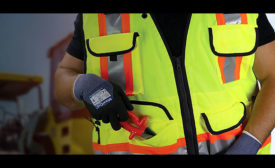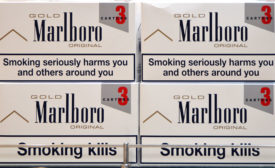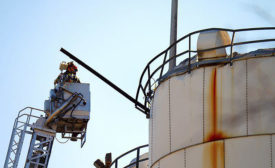Government Safety Regulations
Hi-Visibility garments continue to evolve
We’ve seen the popularity of lighter, more flexible and breathable segmented trim, and more enhanced visibility by integrating LED luminescence directly on the trim.
March 14, 2019
Federal judge gives FDA tight deadline for tobacco warning rule
The agency "unreasonably delayed" action
March 12, 2019
Damages, injuries, expenses following a combustible dust incident
Be aware of the many losses that can pile up
March 12, 2019
Never miss the latest news and trends driving the safety industry
eNewsletter | Website | eMagazine
JOIN TODAYCopyright ©2024. All Rights Reserved BNP Media.
Design, CMS, Hosting & Web Development :: ePublishing










